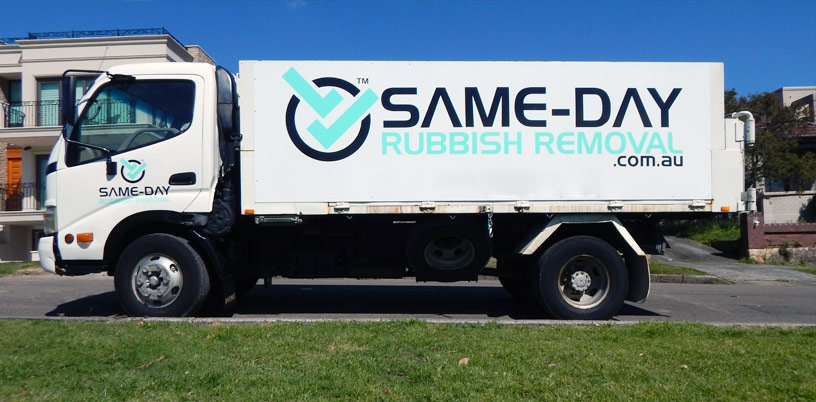Your Comprehensive Overview To Selecting The Correct Dumpster Dimension For Any Task
Your Comprehensive Overview To Selecting The Correct Dumpster Dimension For Any Task
Blog Article
Material Written By-Templeton Berger
When starting a job that calls for a dumpster, the dimension you choose can significantly affect its performance and cost-effectiveness. Envision having the best container that accommodates all your waste without being excessively big or too tiny. Everything beginnings with recognizing the subtleties of your project and choosing a dumpster dimension that straightens with your particular requirements. So, prior to you decide, think about the factors at play to ensure a seamless waste administration procedure from beginning to end.
Aspects to Consider
When selecting the appropriate dumpster size, there are several crucial factors to take into consideration.
First, consider the kind of waste you'll be dealing with. Various products may need varying amounts of space, so comprehending what you'll be putting in the dumpster is essential.
Next off, analyze the amount of waste you expect to generate. If you ignore the volume, you might need to make multiple journeys to get rid of every little thing, which can be bothersome and costly. On the other hand, renting out a dumpster that's too big can lead to unnecessary costs.
In addition, take into consideration the space where the dumpster will certainly be put. Make certain there's enough area for the dumpster to be provided and gotten without any obstructions.
Last but not least, consider any type of weight constraints that might apply. Exceeding the weight limit can result in added charges and even the rejection of service.
Dumpster Size Options
For choosing the best dumpster dimension, it's essential to have a mutual understanding of the offered options. Dumpster dimensions usually range from 10 to 40 cubic yards, with variations in between.
A 10-yard dumpster is suitable for little tasks like a garage cleanout or a tiny improvement. If click here for info -sized project such as a cooking area remodel or a basement cleanout, a 20-yard dumpster may be the right selection.
For bigger tasks like a whole-house remodelling or commercial construction, a 30 or 40-yard dumpster could be better to accommodate the volume of waste produced.
When choosing a dumpster size, think about the quantity and sort of debris you expect to throw away. It's better to select a slightly bigger size if you're not sure to prevent overfilling. Keep in mind, it's more cost-efficient to rent a dumpster that fits your demands as opposed to having to get an extra one.
Matching Size to Job
Ideally matching the dumpster dimension to your job is essential for effective waste administration. To determine the ideal size, think about the extent and nature of your job.
For tiny house cleanouts or restorations, a 10-yard dumpster might be adequate. These are typically 12 feet long and can hold about 4 pickup truck loads of waste.
For simply click for source like renovating numerous spaces or clearing out a big estate, a 20-yard dumpster may be preferable. These are around 22 feet long and can hold roughly 8 pickup loads.
If you're taking on a significant construction task or business improvement, a 30-yard dumpster could be the very best fit. These dumpsters are about 22 feet long and can accommodate concerning 12 pickup tons of particles.
Matching the dumpster size to your job guarantees you have adequate room for all waste materials without paying too much for unused capacity.
Final thought
To conclude, selecting the right dumpster dimension for your task is important for efficient garbage disposal. By thinking about aspects like the type and amount of waste, room schedule, weight limitations, and spending plan restrictions, you can guarantee you have the ideal dimension dumpster for your demands. Make sure to match the size of the dumpster to the extent and nature of your project to prevent overspending on unneeded expenditures.
